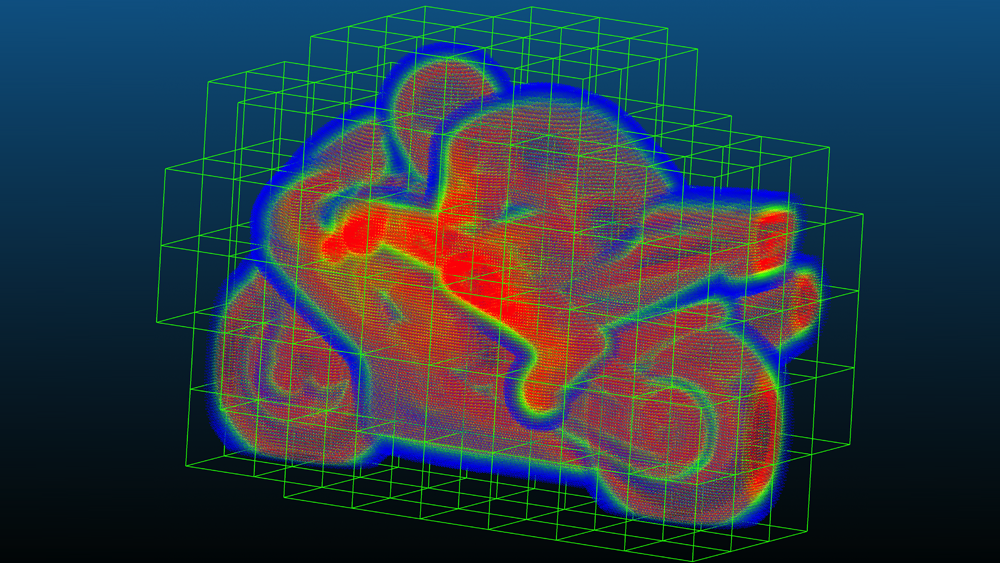
Four doctoral students representing the Department of Electrical and Computer Engineering at Texas A&M University placed first in the International Symposium on Physical Design (ISPD) Wafer-Scale Physics Modeling Contest. The event was held this spring in collaboration with Cerebras Systems at the 2021 Association for Computing Machinery International Symposium on Physical Design.
The contest ran from January until March. It featured an innovative twist on traditional physical design, which is a step in the standard design cycle for integrated circuits that shows the position of cells and routes for the interconnections between them. The task was to map a 3D finite element model on a 2D grid of processing elements in a supercomputer. The objective was to maximize performance and accuracy, while minimizing interconnect length, which involved partitioning and placement algorithms. Team F4@CollegeStation was tasked with mapping a set of models, including a motorbike. The motorbike model is a commonly used research object because it has nonstandard structure and various features in its shape.
“Mapping finite element models is an important step in physical modeling,” said team member Yishaung Lin. “A finite element model is a large and complex model that consists of numerous small and simple parts called finite elements. The behavior of each finite element can be described comparatively simpler than the entire model.”
A graphics processing unit (GPU) is a hardware device that can increase the speed of certain computer codes and algorithms. According to Cerebras Systems, their wafer-scale engine achieves a performance that is 10,000 times faster than a GPU node and is 200 times faster than any supercomputer cluster. To their knowledge, this is the first-ever system capable of faster-than-real-time simulation of millions of cells in realistic fluid-dynamics models.
Team F4@CollegeStation included Lin, Hailiang Hu, Rongjian Liang and Yaguang Li. The team was advised by electrical and computer engineering professor and co-director of the department’s graduate program, Dr. Jiang Hu.
“I learned a lot through the collaboration process for the contest, said Hailiang Hu. “While preparing for this contest we created the coding together, we brainstormed together and we held a lot of meetings to come up with a method that we all agreed on. It was a good experience for all of us.”
“The ISPD contest was started 14 years ago and is one of the most influential contests in the area of electronic design automation,” Jiang Hu said. “This is the first time that Texas A&M had a team participating and the students worked hard and collaborated well. I am really proud of them.”